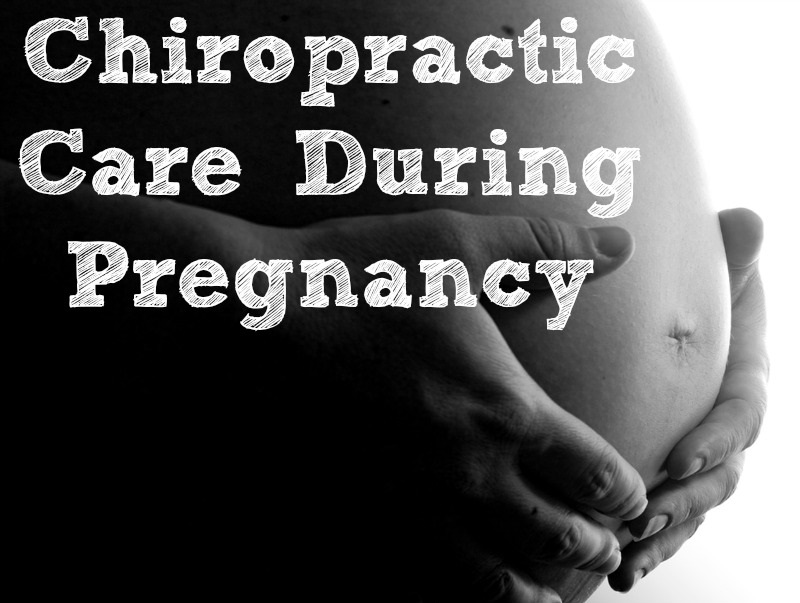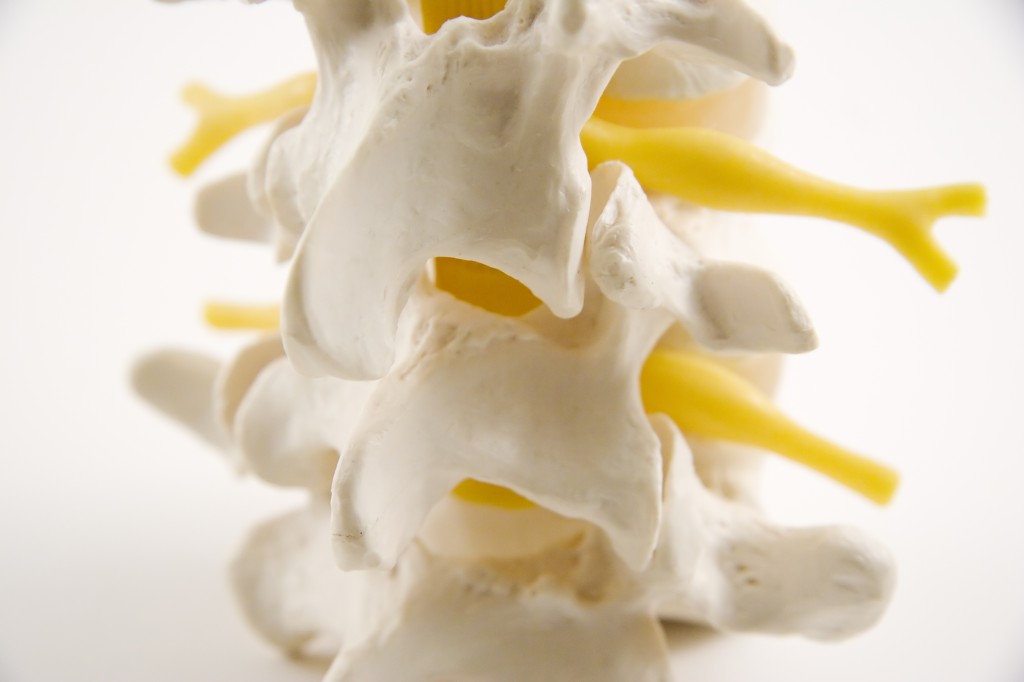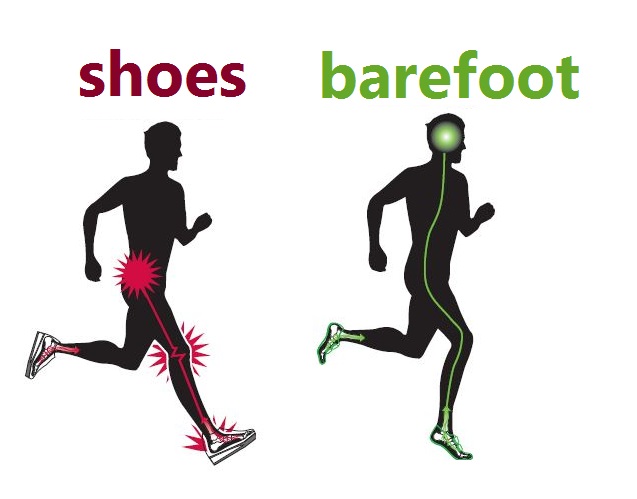
Did you know that structural shifts in the spine can happen during pregnancy? When the pelvis is shifted it affects the uterus and the position of the growing baby. However, a well functioning nervous system enables a mother to easily combat many of the hurdles of pregnancy. Often women learn to just accept pregnancy discomforts such as nausea, heartburn, constipation, pubic pain etc, when in fact they don’t need to.
Chiropractic care is extremely important before, during and after pregnancy. Studies show that having your spine checked regularly may result in a less stressful pregnancy and a less uncomfortable delivery. To shed more light on this subject, here are 5 reasons to receive chiropractic care during your pregnancy:
1. Shorter Labor Time
First time moms who received regular chiropractic care experienced on average, a 25% shorter labor time. As for seasoned moms who received chiropractic care; labor time was on average, 31% shorter. Vaginal delivery is strongly dependent on the alignment and relationship between the mother’s pelvis and baby. If there are misalignments, it can interfere with effective labor and delivery, thus prolonging it.
2. Enhance Fetal Positioning
The Webster Technique is a technique that is used to correct structural shifts in the sacrum to allow the baby to get into the best possible position for birth. A Webster Certified Chiropractor has advanced training in prenatal chiropractic care. It balances the pelvis, eliminating undue tension to muscles and ligaments and enhances optimal fetal positioning.
This highly effective technique is safe and gentle and should be a first approach before considering more invasive methods. As a Webster Certified Doctor, I have seen countless situations where a baby has changed position and a mother was able to avoid a C-section or medical intervention.
3. Less Painful Labor
In a hospital study that incorporated chiropractic adjustments during the patient’s pregnancy, the results indicated that there was a 50% decrease in the need for painkillers during delivery, attributable to pre-delivery adjustments.
4. Better Chance of a Natural Birth
Establishing pelvic balance and alignment is another reason to obtain chiropractic care during pregnancy. A misaligned pelvis may make it difficult for the baby to get into the best possible position for delivery. This can affect the mother’s ability to have a natural, non-invasive birth. Better positioning and proper nerve system function improve the mother’s ability to birth naturally.
5. Better Recovery After Delivery
Often after birth, whether vaginally or via c-section, the mother’s pelvic biomechanics change – these changes can bring discomfort with walking, nursing and sleeping. Receiving regular chiropractic care during your pregnancy gives you a better chance at recovering faster after delivery. After all, specific adjustments can eliminate the cause of stress in the spine and pelvis – and improve your body’s ability to function naturally.





